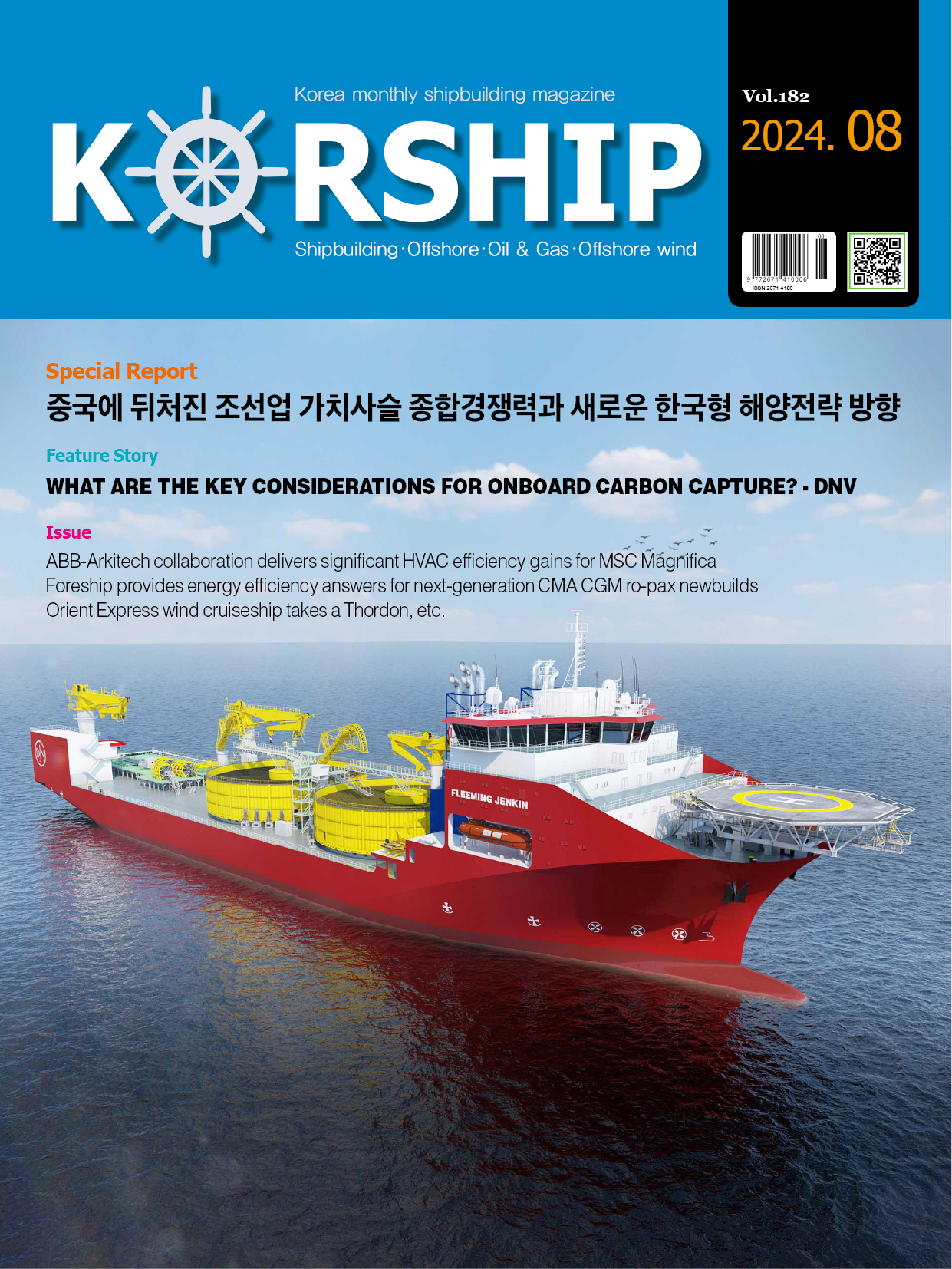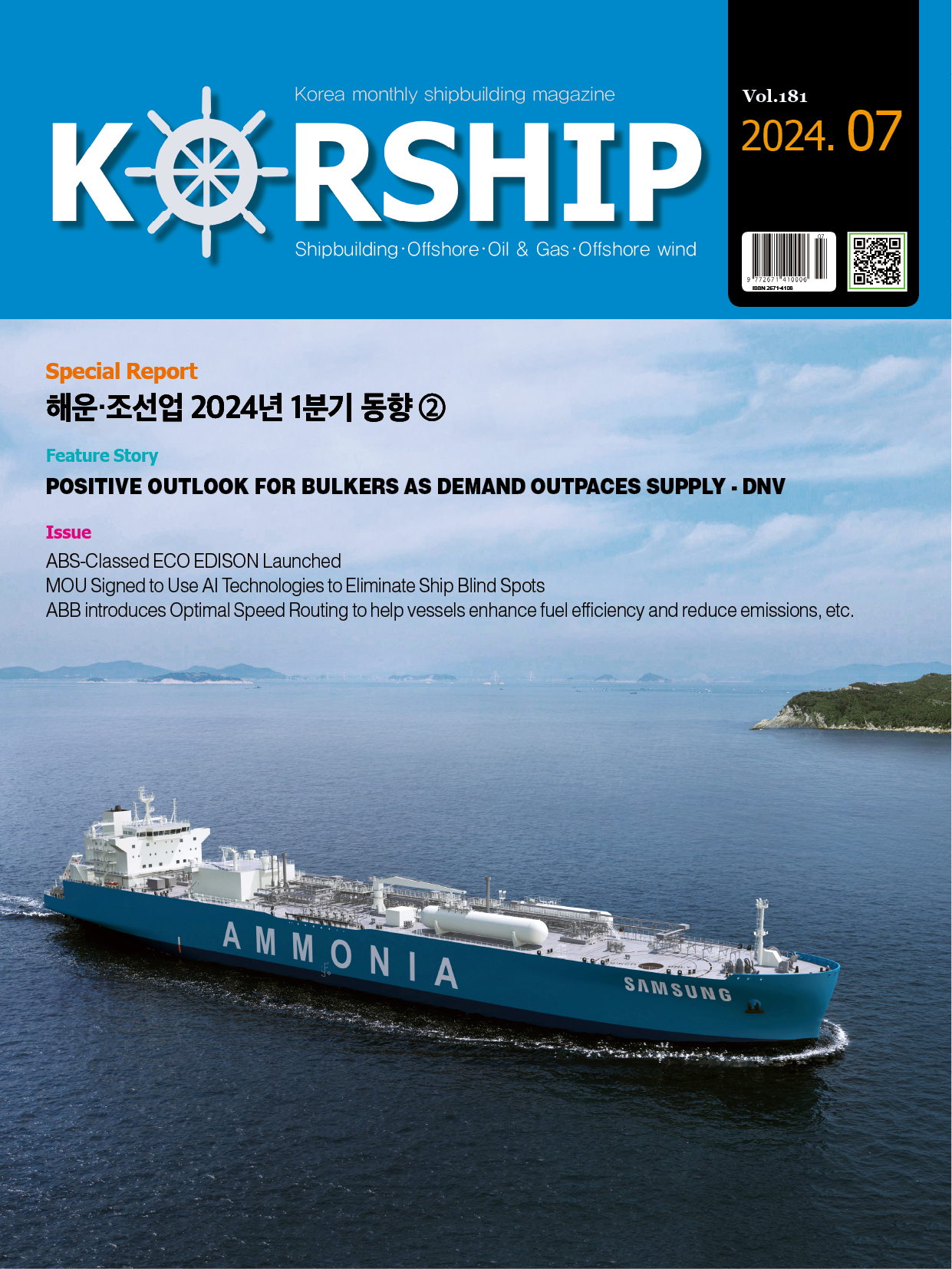Feature Story Continuous digitalisation throughout hazardous areas New standards for…
페이지 정보
작성자 최고관리자 댓글 0건 조회 1,838회 작성일 20-11-17 16:50본문
The increasing volume of data in process automation requires higher bandwidths and faster transfer rates in order to monitor and control processes in real time as good as possible. The growing demand for diagnostic data and device information poses additional requirements. As a result, the importance of continuous Ethernet networking throughout entire industrial plants has never been greater. With EtherNet/IP, HART-IP and PROFINET, a range of standards have been established for IP communication in process technology. Industrial Ethernet stands out from other solutions for a number of reasons, including its deterministic data transmission and components designed to be robust, with enhanced temperature resistance and increased IP protection. In the process industry, the use of Ethernet is dependent on a number of additional conditions. Alongside long operating cycles for distributed control systems, field devices and installed infrastructures, these include practical explosion protection in order to implement networking right down to the field level, including any hazardous area.
Multiple installation options up to Zone 1
Taking into account corresponding protective measures, CAT copper wires can also be installed in hazardous areas. The required explosion protection is guaranteed by electromechanical protective measures in accordance with the specifications of the "e" increased safety standard. As typical RJ45 plugs are unsuitable for applications in Zone 1 and the cable entry into flameproof Ex d enclosures requires significant work, Ex e terminals with spring clamp technology that are specifically approved for Zone 1 are used. This allows Ethernet cables with up to eight cores and transfer rates of up to 1 Gbit/s, as well as Power over Ethernet, to be easily installed in a separate, easily accessible Ex e connection chamber.
To network even the remotest hazardous areas using Ethernet, optical fibres can be used to establish a connection. Interference-free FO cabling does not require time-consuming earthing or shielding and enables data exchange between sensors and actuators, Remote I/O systems and monitoring cameras over distances of multiple kilometres. Potential sources of ignition are inhibited in accordance with the "op is" type of protection as per IEC 60079-28 by limiting the optical energy in the light beam to a non-ignitable extent. Installations protected in this manner also enable the construction of optical rings with convenient diagnostics and message functions, even in hazardous areas. For this purpose, corresponding media converters and switches are available for Zones 1 and 2.
Industrial Ethernet is assuming a key role in the future-ready digitalisation of process automation. Even today, comprehensive IP communication solutions are available from the control room to the field and even in hazardous areas within the process industry. With regard to uniform, interoperable standards, leading manufacturers and organisations are continuing to drive the development of intrinsically safe Ethernet concepts, playing an active part in shaping
new platform solutions for digital industrial automation.
Intrinsically safe Ethernet sets new standards
Although optical fibres with "op is" type of protection have been used as a solution for a long time, applications and end users often require the use of copper cables in hazardous areas. For instance, the NAMUR recommendation NE168 "Requirements for a field level Ethernet communication system" specifies the use of two-wire cables to connect field devices. For this the "intrinsic safety" type of protection has become the established, proven in use global standard for the process industry. Standards regarding interoperable, intrinsically safe Ethernet networking of field devices and systems are opening up new possibilities within digital process automation. The device protection offered by intrinsic safety, according to IEC 60079-11, requires the amount of energy within a circuit to be limited to a non-ignitable extent, so that sparks and thermal effects cannot act as sources of ignition. Intrinsically safe fieldbus systems such as PROFIBUS DP via RS485-IS have long been used to network Remote I/O systems, operating terminal and analysis equipment. Today, intrinsically safe two-wire fieldbus installations with PROFIBUS PA and FOUNDATION Fieldbus H1 are often used for digital communication right down to the field device.
The decisive advantages of the intrinsically safe type of protection include the fact that intrinsically safe devices are convenient and easy to handle because modification and maintenance work on intrinsically safe circuits or devices can be performed in hazardous areas. Since enclosure encapsulation is no longer required, more time-consuming and costly methods of protections, such as the use of d or p enclosures, are not necessary. Extensions and repairs can be performed on live equipment(hot work) and devices can be added or separated without having to shut down the system or parts of the system entirely(hot swap). Its outstanding flexibility makes the intrinsic safety type of protection an attractive solution for Ethernet networking in hazardous areas, as well. To develop future-proof solutions for interoperable, intrinsically safe Ethernet systems, R. STAHL has collaborated with other manufacturers in two working groups. Both working groups–the Advanced Physical Layer(APL) Project and the Intrinsically Safe Ethernet Working Group–are currently developing international standards for intrinsically safe Ethernet on the basis of 10BASE-T1L and 100BASE-TX technology.
Field networking up to Zone 0
For ACHEMA 2021, Ethernet-APL should be available as a dedicated solution for the use of intrinsically safe two-wire field devices in process automation. This technology is based on the Physical Layer of Single Pair Ethernet(SPE) 10BASE-T1L in accordance with the IEEE Std 802.3cg-2019 specification. SPE uses two-wire conductors to bridge distances of up to 1000 metres with transfer rates of 10 Mbit/s and, optionally, to supply connected devices with power via PoDL(Power over Data Line). Ethernet-APL is compatible with SPE but uses a supply concept that differs from PoDL for field devices, in order to enable the use of the intrinsic safety type of protection. It is also expected that other plug connectors and clamping connections will be used in order to meet the requirements of process automation. Manufacturers and the leading SDO(Standards Developing Organizations) are collaborating on the development of Ethernet-APL in order to guarantee compatibility with the HART-IP(FieldComm Group, FCG), EtherNet/IP(ODVA) and PROFINET(PROFIBUS and PROFINET International, PI) communication protocols.
Based on the FISCO concept(Fieldbus Intrinsically Safe Concept, see IEC 60079-11 and-25) the 2-WISE(2-Wire Intrinsically Safe Ethernet) explosion protection was designed together with the DEKRA EXAM. 2-WISE will be used for explosion protection of intrinsically safe two-wire fieldbus systems and is suitable for use in the field up to Zone 0 according to ATEX and IECEx and for DIV 1 installations within the scope of NEC. Through the use of standardised Ex i parameters, Ethernet-APL devices from a range of manufacturers can be interconnected without the need for verification of intrinsically safe circuits and without needing to take into account cable parameters within the context of the specified conditions for Ethernet-APL or 2-WISE. To make it as easy as possible to migrate existing fieldbus installations, compatible intrinsic safety parameters are specified for 2-WISE with FISCO; furthermore, type A fieldbus cables can continue to be used. The 2-WISE concept is currently in preparation at IEC, where it is being worked on by the PT 60079-47 standardisation project team. A technical specification under the designation IEC TS 60079-47 "Equipment protection by 2-Wire Intrinsically Safe Ethernet concept(2-WISE)" is expected to be available in 2021, so that Ethernet-APL devices can be certified as soon as possible.
Ethernet-APL enables the use of a number of installation topologies. Take the following example: An APL power switch supplies the network(trunk) with up to approx. 60 watts of power. APL field switches that are installed in the field and powered by the trunk convert the supplied energy to intrinsically safe energy and distribute it across multiple outputs(spurs). The Ethernet-APL field devices are operated at these Ex i spurs, which can be up to 200 metres long. Depending on their design, the field devices can be installed as ia, ib or ic electrical circuits in the corresponding zone–Zone 0, 1 or 2. By cascading the APL field switches, a total of around 50 Ex i field devices can be operated per APL network. Ethernet-APL switches with an external power supply can also be connected to other Ethernet networks, such as 100BASE-TX. If the "hot swap" or "hot work" aspects of intrinsic safety are not required, Ethernet-APL can support field devices with other types of protection such as flameproof enclosures "d" or encapsulation "m".
High bandwidths and great compatibility
For IP-networked operating terminals, analysis equipment and Remote I/O systems that require higher bandwidths and more power, R. STAHL is working within the Intrinsically Safe Ethernet working group to develop an intrinsically safe version of the widely used 100BASE-TX Ethernet, also known as "Fast Ethernet". The new 100BASE-TX-IS standard provides high data rates of 100 Mbit/s for process control, data collection and data analysis. The explosion-protected four-wire Ethernet is completely interoperable with the industry standard IEEE 802.3. In combination with an intrinsically safe front end technology and, if applicable, galvanic isolation, it enables the connection of conventional industrial electronics with the continued use of Media Access Control(MAC) and PHY. In contrast to Ethernet-APL, 100BASE-TX-IS provides no supply via the network. Additionally, the transmission path via CAT cables is limited to the standard Ethernet distance of 100 metres. For significantly greater distances up to 30 kilometres, 100-BASE-TX-IS switches and media converters with additional FO interfaces, e.g. with "op is" type of protection, are in development. Similarly to Ethernet-APL, 100BASE-TX-IS requires no time-consuming verification of intrinsic safety. A comparison of the network participants to determine their conformity with the underlying standard is sufficient. Since the ancillary parameters of a 100BASE-TX-IS installation are known–exactly two participants(and therefore two energy sources) in a point-to-point connection via CAT 5/6/7 cables over a distance of max. 100m–generally accepted verification of intrinsic safety can be obtained on the basis of IEC 60079-25 "Intrinsically safe electrical systems". For exemplary purposes, this has already been performed and documented by the PTB using the ISpark tool. This means that the planner does not have to perform any calculations–the verification of intrinsic safety is limited to the documentation and the required explosion protection document for the installation.
100BASE-TX-IS is intended to be integrated into the standard series IEC 61158-2 "Industrial communication networks -Fieldbus specifications-Part 2: Physical layer specification and service definition" and IEC 61784 "Industrial communication networks" in a similar way to the intrinsically safe fieldbus RS485-IS, which is frequently used for the installation of PROFIBUS DP networks in hazardous areas. The first 100BASE-TX-IS devices could still appear on the market in 2020, since the "Ex i conversion" of 100BASE-TX interfaces and certification with the associated EC Type Examination Certificate involve no significant increase in design work.
In short
Digitalisation is changing entire industries and will be the decisive factor for competitiveness in the future. Even today, effective solutions for high-bandwidth IP networking in hazardous areas are available to the process industry. With Ethernet-APL and 100BASE-TX-IS, R. STAHL is working alongside other companies and industrial organisations to drive the development of new standards for intrinsically safe Ethernet. The two solutions are completely transparent with regard to their communication protocols, support EtherNet/IP, PROFINET and HART-IP, and can be combined in a number of different ways. For instance, intrinsically safe two-wire Ethernet field devices can be connected via field switches and linked by an intrinsically safe 100BASE-TX-IS backbone with Remote I/O systems and the control system. What's more, R. STAHL is actively working on establishing standards within the field of ATEX and IECEx, as well as on related future topics such as NAMUR Open Architecture(NOA) and the Open Process Automation Forum(OPAF).
■ Contact: R. STAHL http://www.r-stahl.com












